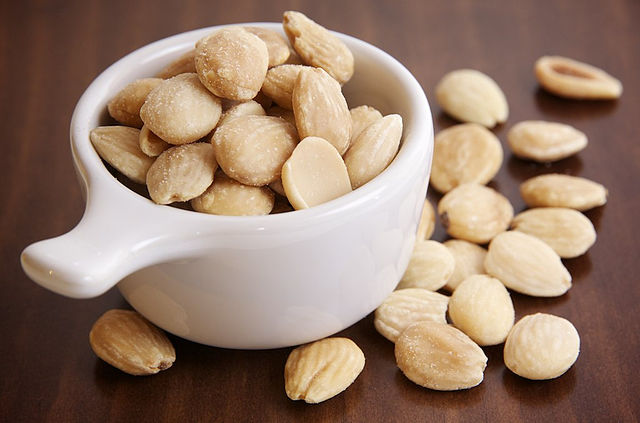A need by California to deter markets like India from following China’s tariff example is lately underpinning the state’s outbound almonds.
First it was a dip in almond prices in March 2025 amid annual acreage shrinkage, and now it is tariffs.
Before the current trade war, California had it all, including the removal of reciprocal duty by India in 2023.
Under the latest tariffs, the Golden State must now act because its supply represents 85% of the world’s almond trade. Multiple nations under the universal 10% tariff yoke could decide to pick where it hurts most-almonds.
Governor Gavin Newsom is already acting by advocating retaliatory exemption by California’s 100 destinations.
One of these is India, which has held fire this time round unlike in the first Trump administration.
But if it eventually avenges the new 26% duty on its goods, India will affect California’s $1-billion almond export market on the subcontinent.
During the first tariff war, India charged 20% duty on almond imports from its ally. It later cut the duty in September 2023 to a basic 35 rupees ($0.41) a kg for in-shell nuts.
Luckily for California, it looks quite unlikely that India will levy American goods given its current mood to negotiate.
China in its part had already imposed 25% tariff on most U.S.’ agricultural goods before April 2025.
But on April 10, Beijing hiked surtax on American merchandise to 84%, after Trump upped his to 104% and then 145%.
This way, China is reprising an almond tariff war that had peaked at 55% in 2020 after a 2018 start.
In 2023, China and Hong Kong scooped up $374 million of all almonds from the U.S., the second highest worldwide.
So, almonds from California are mulling China tariffs and possible retaliation from India and 100 more markets. For more bits about these two Asian markets, read on the statistics below.
Statistics on China and India’s Markets of Almonds from California
California produces 80% of the global almond total or nearly 100% of the federal output. It also exports around 85% of the worldwide tally, as of the 2022-23 year, according to the U.S. Department of Agriculture (USDA). There are currently around 100 external markets, most of which minor. Four nations/regions namely India, China/Hong Kong, the European Union and Spain control the bulk of the exports.
A major foreign destination is India, which receives 40% of all U.S’ almonds in-shell. China/Hong Kong jointly account for $374 million out of the $4.5 billion the United States earns from almond exports (2022).
Does India have an extant tariff on California almonds?
By mid-April 2025, India had no tariff on American almonds. In September 2023, the subcontinent had removed its most recent tariff, to date, of 20%. This left a basic surtax of 35 rupees ($0.41) a kg for in-shell nuts and 100 rupees ($1.16) for shelled nuts.
Is there a China tariff on American almonds?
On April 10, 2025, China raised all tariffs on U.S.’ goods from 25% to 84%. This is higher than the 2020 retalatiory tariff on almonds by China that had stood at 55%. The latest gesture is in response to a tariff hike to 145% by the United States on majority goods from China.
Multiple nations, some of which are under the universal 10% tariff yoke, could decide to pick on exactly almonds because this is where it would hurt most.
id-April 2025, India had no tariff on American almonds. In September 2023, the subcontinent had removed its most recent tariff, to date, of 20%. This left a basic surtax of 35 rupees ($0.41) a kg for in-shell nuts and 100 rupees ($1.16) for shelled nuts.
Is there a China tariff on American almonds?
On April 10, 2025, China raised all tariffs on U.S.’ goods from 25% to 84%. This is higher than the 2020 retalatiory tariff on almonds by China that had stood at 55%. The latest gesture is in response to a tariff hike to 145% by the United States on majority goods from China.
